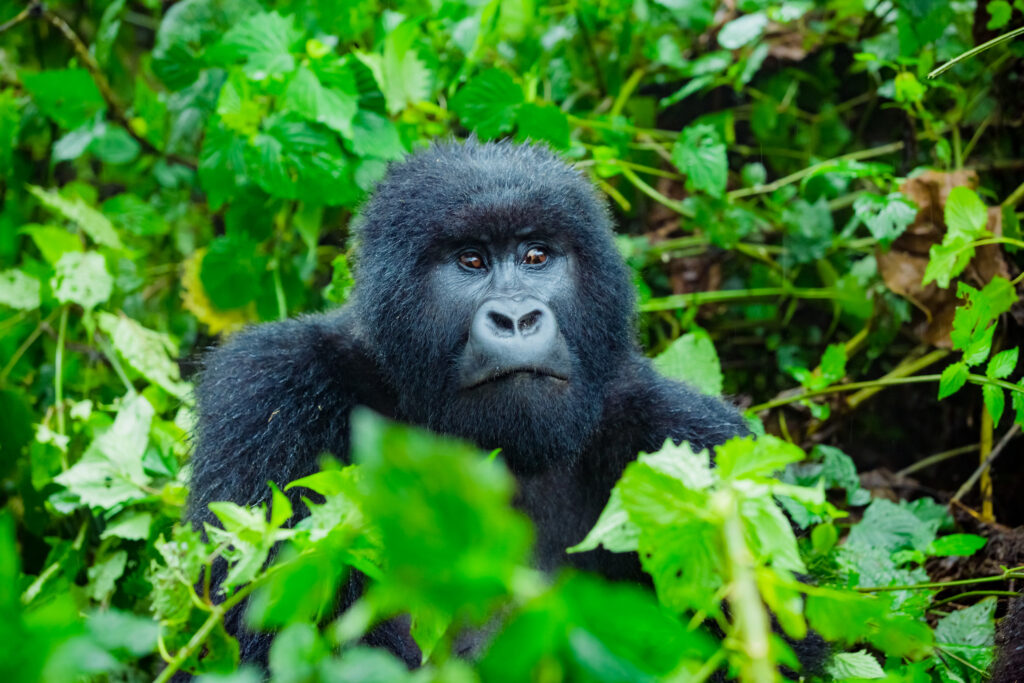
The World Wildlife Fund and the Zoological Society of London recently published the latest Living Planet Index, which is designed to measure how animal populations are changing through time. The purpose is to provide an assessment of the health of ecosystems and the state of biodiversity.
The LPI only looks at the population of vertebrates: birds, mammals, reptiles, amphibians, and fish. The latest survey looked at how populations have changed between 1970 and 2018. The results are that populations of these animal groups have declined by an average of 69% over that 48-year period.
This result highlights a very real and very severe crisis of biodiversity loss. However, it does not mean that there are 2/3 fewer animals today than 48 years ago. The way the index is calculated is to look at the changes in individual populations of over 5,000 different species. Then these individual relative declines are averaged to get the result.
There are shortcomings in the LPI. For example, individual species that have seen massive population declines will bring the average down. But even removing the outliers both of a negative and a positive impact does not dramatically change the result.
There is no perfect indicator for biodiversity and ecosystem health. The Living Planet Index is nonetheless a useful metric and indicates that many species around the world are in decline. Policymakers and environmental advocates need to make decisions about conservation and protection measures and this index is one tool they can use.
**********
Web Links
There’s a frightening new report about wildlife declines. But many are getting the story wrong.
Photo, posted October 12, 2019, courtesy of Visit Rwanda via Flickr.
Earth Wise is a production of WAMC Northeast Public Radio
Leave a Reply